Normothermic machine perfusion of donor kidneys; a novel delivery platform for cellular therapeutics to recondition marginal organs
ABSTRACT NUMBER: NESS_12
AUTHORS
Emily R Thompson1, Lucy Bates1, Ibrahim K Ibrahim1, Avinash Sewpaul1, Rodrigo Figueriedo1, Ben Stenberg2, Andrew McNeill2, Georgie Wilkins1, Tom Girdlestone1, Henrique de Lamos, Andrew Mellor, Valerie Roobrouck3, Anthony Ting4, Sarah A Hosgood5, Michael L Nicholson5, Andrew J Fisher1, Simi Ali1, Neil Sheerin1, Colin H Wilson
AFFILIATIONS
1 NIHR Blood and Transplant Research Unit, Institute of Transplant, Freeman Hospital, Newcastle upon Tyne, UK;
2 Department of Radiology, Freeman Hospital, Newcastle upon Tyne, UK
3 ReGenesys, Leuven, Belgium;
4 Athersys Inc, Cleveland, OH, USA;
5 NIHR Blood and Transplant Research Unit, Department of Surgery, Addenbrooke’s Hospital, University of Cambridge, Cambridge, UK
CORRESPONDING AUTHOR CONTACT EMAIL
ku.ca.lcn@3nospmohT.ylimE
MAIN ABSTRACT TEXT
Background
Ex-vivo normothermic machine perfusion (NMP) of donor kidneys prior to transplantation provides a platform for direct delivery of cellular therapeutics to revive, optimise and restore organ quality prior to transplantation. Multipotent Adult Progenitor Cells (MAPC®) possess potent immunomodulatory properties which could prove beneficial in minimising subsequent ischaemia reperfusion injury. We investigated the potential reconditioning capability of MAPC cells in donor kidney NMP.
Methods
Pairs of human kidneys from the same donor were simultaneously perfused for 7 hours (5 pairs). The right or left kidney was randomly allocated to receive MAPC treatment. Serial samples of perfusate, urine and tissue biopsies were taken for comparison with the control paired kidney.
Results
MAPC-treated kidneys demonstrated improved urine output, p<0.01, decreased expression of the kidney injury biomarker NGAL p<0.01, improved microvascular perfusion on contrast enhanced ultrasound (cortex p<0.05, medulla p<0.01), downregulation of IL-1β (p<0.05) and upregulation IL-10 (p<0.05) & Indolamine-2, 3-dioxygenase (p<0.05). A mouse model of intraperitoneal chemotaxis demonstrated decreased neutrophil recruitment when stimulated with perfusate from MAPC treated kidneys (p<0.01). Immunofluorescence revealed labelled MAPC cells were resident within the glomerulus and peritubular capillaries of the kidneys. MAPC therapy was not associated with any detrimental physiological or embolic events.
Conclusion
We report the first successful delivery of a cellular therapy to a kidney during NMP. Kidneys treated with MAPC cells during NMP demonstrate improvement in clinically relevant functional parameters and injury biomarkers. The anti-inflammatory MAPC perfusate secretome reduced neutrophil chemotaxis. This novel method of cell therapy delivery provides an exciting opportunity to recondition organs prior to clinical transplantation.
WORD COUNT (MAX 250): 250
